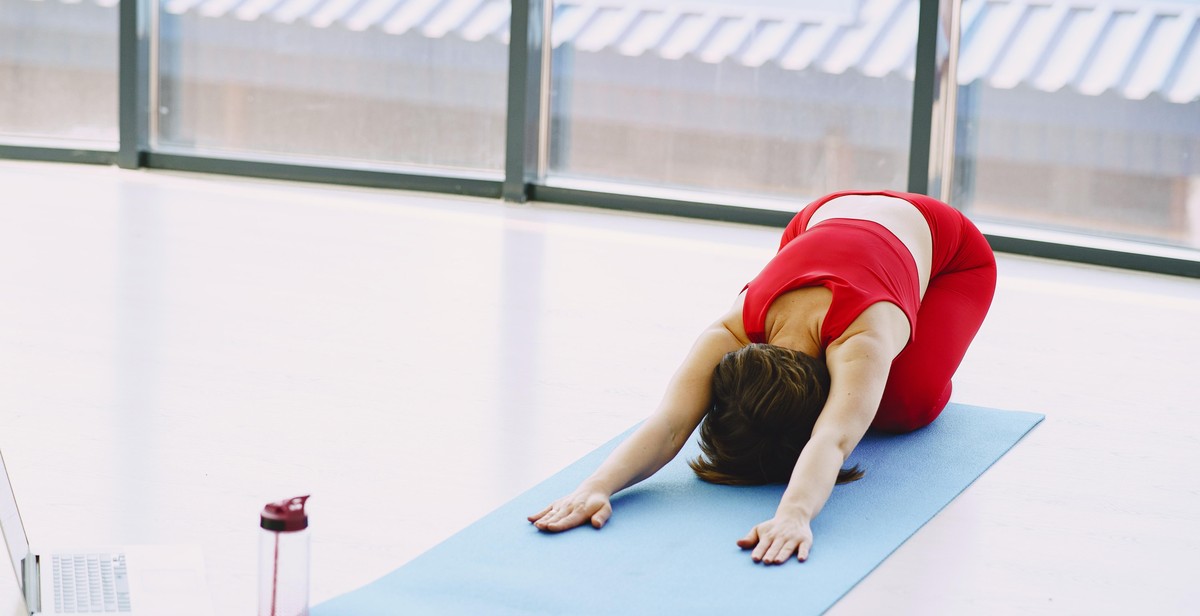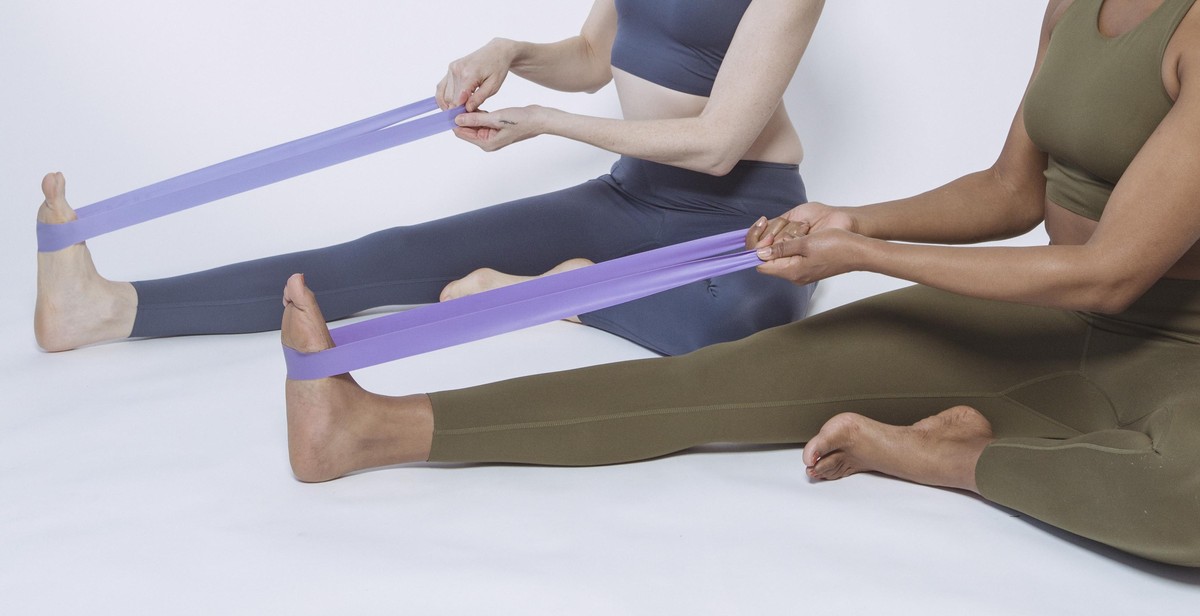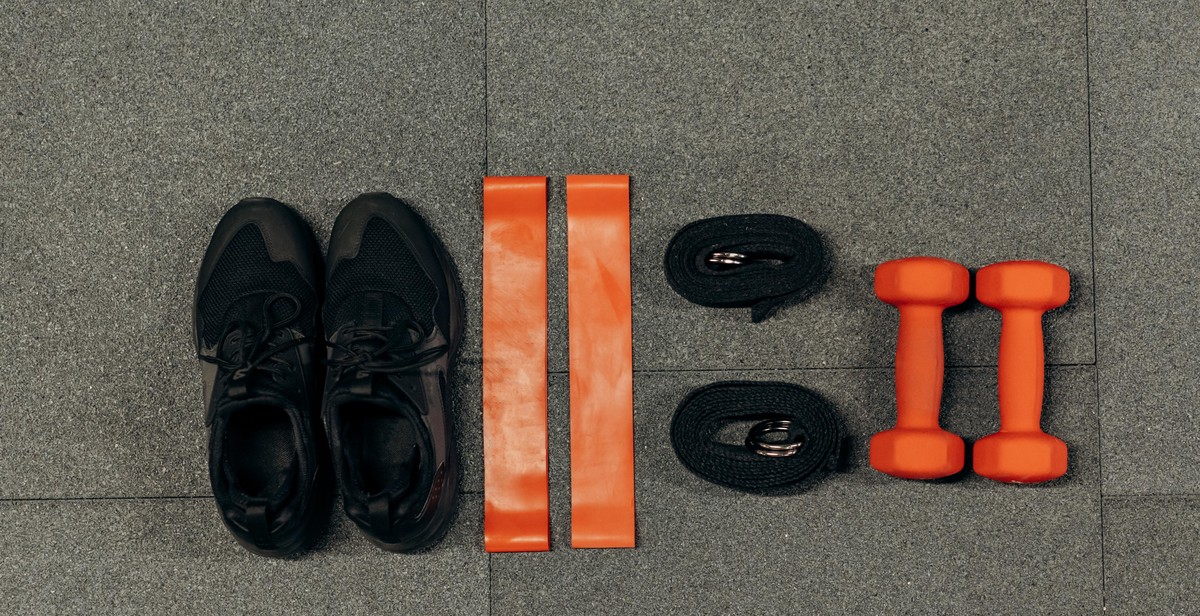Introduction: Improving Upper Body Strength with Resistance Training
Resistance training is a form of exercise that involves using external resistance to strengthen and tone muscles. This type of training can be done using free weights, resistance bands, weight machines, or even bodyweight exercises. Resistance training is a popular form of exercise for those looking to improve their overall fitness, as well as those looking to target specific muscle groups.
In this article, we will focus on how resistance training can be used to improve upper body strength. The upper body includes the chest, back, shoulders, arms, and core muscles. By incorporating resistance training exercises into your workout routine, you can target these muscles and improve your overall strength and fitness.
What is Resistance Training?
Resistance training involves using an external force to create resistance against the muscles, which in turn stimulates muscle growth and strength. This can be done using free weights, resistance bands, weight machines, or even bodyweight exercises such as push-ups or pull-ups.
Resistance training is an effective way to build muscle and improve overall fitness. It can also help to improve bone density, increase metabolism, and reduce the risk of injury.
Benefits of Resistance Training for Upper Body Strength
- Increased muscle mass
- Improved muscle strength and endurance
- Better posture and alignment
- Reduced risk of injury
- Improved bone density
- Increase in metabolism
In the following sections, we will discuss specific resistance training exercises that can be used to target the upper body muscles and improve overall strength.

Benefits of Resistance Training for Upper Body Strength
Resistance training is a form of exercise that involves using weights or resistance bands to build muscle and improve strength. When it comes to improving upper body strength, resistance training is an effective way to achieve your goals. Here are some of the top benefits of resistance training for upper body strength:
Increased Muscle Mass
Resistance training is an effective way to increase muscle mass in your upper body. When you lift weights or use resistance bands, you create small tears in your muscle fibers. Your body then repairs these tears, which leads to an increase in muscle mass. Over time, this can help you build a stronger and more defined upper body.
Improved Bone Density
Resistance training can also help improve your bone density. When you lift weights, your muscles pull on your bones, which stimulates your body to build new bone tissue. This can help prevent bone loss and reduce your risk of developing osteoporosis.
Reduced Risk of Injury
Resistance training can also help reduce your risk of injury. When you have a strong upper body, you are less likely to experience strains, sprains, and other injuries. Additionally, resistance training can help improve your posture, which can reduce your risk of developing back pain or other musculoskeletal issues.
| Benefits of Resistance Training for Upper Body Strength |
|---|
| Increased Muscle Mass |
| Improved Bone Density |
| Reduced Risk of Injury |
Overall, resistance training is an effective way to improve your upper body strength and achieve your fitness goals. By incorporating resistance training into your workout routine, you can increase muscle mass, improve bone density, and reduce your risk of injury.

Exercises for Upper Body Strength
Resistance training is a great way to improve your upper body strength. Here are some exercises that you can do:
Push-Ups
Push-ups are a classic exercise that can help you build upper body strength. They work your chest, shoulders, triceps, and core. To do a push-up, start in a plank position with your hands shoulder-width apart. Lower your body until your chest nearly touches the ground, then push back up to the starting position. Repeat for several reps.
Bench Press
The bench press is a popular exercise that targets your chest, shoulders, and triceps. To do a bench press, lie on a bench with your feet flat on the ground. Grasp the bar with your hands slightly wider than shoulder-width apart. Lower the bar to your chest, then push it back up to the starting position. Repeat for several reps.
Pull-Ups
Pull-ups are a challenging exercise that work your back, shoulders, and biceps. To do a pull-up, grasp a pull-up bar with your palms facing away from you. Pull your body up until your chin is above the bar, then lower yourself back down to the starting position. Repeat for several reps.
Bicep Curls
Bicep curls are a great exercise for building arm strength. To do a bicep curl, stand with your feet shoulder-width apart and hold a dumbbell in each hand. With your palms facing up, curl the dumbbells up towards your shoulders, then lower them back down to the starting position. Repeat for several reps.
Remember to start with light weights and gradually increase the weight as you get stronger. It’s important to maintain proper form throughout each exercise to avoid injury.

Resistance Training Techniques
Resistance training is the most effective way to improve upper body strength. Here are three resistance training techniques that can help you achieve your strength goals:
Progressive Overload
Progressive overload is the gradual increase of the weight, reps, or sets over time. The goal is to challenge your muscles to adapt to the increased stress, which leads to muscle growth and strength gains. To achieve progressive overload, you can increase the weight by 2.5-5 pounds each week or increase the reps or sets. It’s important to track your progress and adjust your training accordingly.
Compound Movements
Compound movements involve multiple muscle groups and joints, making them more efficient and effective for building strength. Examples of compound movements for the upper body include bench press, pull-ups, and rows. These exercises engage the chest, shoulders, back, and arms simultaneously, leading to greater muscle activation and strength gains.
Isolation Movements
Isolation movements target specific muscle groups, allowing for greater focus and control over the movement. Examples of isolation movements for the upper body include bicep curls, tricep extensions, and lateral raises. These exercises can help strengthen weaker muscles and improve muscle imbalances.
| Resistance Training Techniques | Benefits |
|---|---|
| Progressive Overload | Gradual increase in weight, reps, or sets leads to muscle growth and strength gains |
| Compound Movements | Engages multiple muscle groups and joints for greater efficiency and effectiveness |
| Isolation Movements | Targets specific muscle groups for greater focus and control over the movement |
By incorporating these resistance training techniques into your upper body workout routine, you can improve your strength and achieve your fitness goals.

Designing a Resistance Training Program for Upper Body Strength
Resistance training is an effective way to improve upper body strength. However, to achieve optimal results, it is important to design a program that is tailored to your individual goals, needs, and abilities. Here are some key steps to follow when designing a resistance training program for upper body strength:
Determining Your Goals
The first step in designing a resistance training program is to determine your goals. Are you looking to build muscle mass, increase strength, or improve muscular endurance? Your goals will dictate the types of exercises, sets, and reps you should include in your program.
Choosing Exercises
Once you have determined your goals, you can choose exercises that target the specific muscles you want to work on. For upper body strength, exercises like bench press, shoulder press, push-ups, pull-ups, and rows are all great options. It is important to vary your exercises and include both compound and isolation movements to ensure you are targeting all the major muscle groups in your upper body.
Setting Rep and Set Ranges
The number of reps and sets you do will depend on your goals and current fitness level. Generally, if your goal is to build muscle mass, you should aim for 8-12 reps per set and 3-4 sets per exercise. If your goal is to increase strength, you should aim for fewer reps (3-6) and more sets (4-6) per exercise. For muscular endurance, aim for higher reps (15-20) and fewer sets (2-3) per exercise.
Tracking Progress
Finally, it is important to track your progress to ensure you are making gains and staying on track towards your goals. Keep a log of the exercises you do, the weight you use, and the number of reps and sets you complete. This will help you identify areas where you may need to make adjustments to your program and help you stay motivated as you see progress over time.
| Goal | Reps per Set | Sets per Exercise |
|---|---|---|
| Build Muscle Mass | 8-12 | 3-4 |
| Increase Strength | 3-6 | 4-6 |
| Muscular Endurance | 15-20 | 2-3 |
- Choose exercises that target specific muscles in your upper body
- Vary your exercises and include both compound and isolation movements
- Set rep and set ranges based on your goals and current fitness level
- Track your progress to ensure you are making gains and staying on track towards your goals

Conclusion
Resistance training is an effective way to improve upper body strength. By incorporating the exercises mentioned in this article, you can build strength in your chest, back, shoulders, arms, and core muscles. It’s important to start with lighter weights and gradually increase the weight as your strength improves.
Remember to focus on proper form and technique to avoid injury and maximize results. Consistency is key, so aim to do resistance training exercises at least 2-3 times a week.
In addition to resistance training, it’s important to maintain a healthy diet and get enough rest to support muscle growth and recovery.
Overall, improving your upper body strength can have numerous benefits, including better posture, increased muscle tone, and improved performance in daily activities and sports. So, start incorporating resistance training into your fitness routine and enjoy the benefits of a stronger upper body.
| Exercise | Target Muscles |
|---|---|
| Push-ups | Chest, shoulders, triceps, core |
| Bent-over rows | Back, biceps, core |
| Overhead press | Shoulders, triceps, upper back, core |
| Bicep curls | Biceps, forearms |
| Tricep extensions | Triceps |
